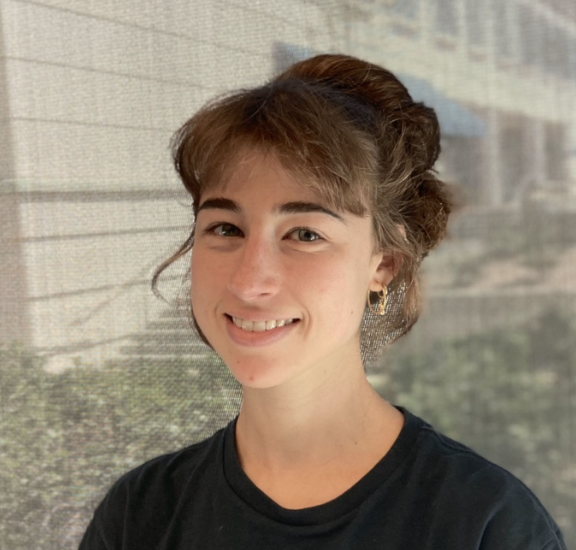Paper writing can be daunting, but it doesn’t need to be! Developing a method for writing without internal roadblocks will help you improve as a scientist and communicator more quickly, and can even make the manuscript or grant writing process fun.
Throughout graduate school I noticed three common obstacles to students’ writing processes (including mine); here are some easy starting solutions for overcoming them.
Obstacle 1: You are intimidated by how to start writing.
Solution: Write blind! Literally– turn down your screen brightness and type out what you want to say in the words that come to your mind. As silly as this seems, this technique helps people write quickly and abstain from judging or editing until the actual editing process. This will allow you to get the bones of the paper down, which you can use to build out smaller less intimidating sections. Start by scheduling in 20-30 minutes of blind writing every day when starting to write a big piece.
Obstacle 2: You can’t find data or sources that you need to write a section.
Solution: Document everything from the very beginning! In fact, make a habit of explicitly leaving time at the beginning or end of your day for organizing the code you have written, the data you have analyzed, or the sources you have read. Counterintuitively, this process is sometimes more challenging than actually doing the coding, analysis, or reading, and takes patience and practice. It may take a few tries to figure out the correct structure of documentation that works best for you, and which tools to choose for organization. There are myriad to choose from, but I have found it works best to keep it simple:
- Github for code and versioning
- Google Docs for writing
- Paperpile and ResearchRabbit for source organization
- Adobe Illustrator for figures, schematics, and brainstorming.
Obstacle 3: You have to finishing the manuscript.
Solution: Finishing a manuscript is challenging, but there are a few ways to check in with yourself that a piece has been completed to the best of your ability. First, schedule in a few days before the piece is due to truly put it down and stop thinking about it. Returning to it with fresh eyes will help you find mistakes, holes, and details that need to be changed. Second, have at least three people in the field give comments, and leave yourself enough time to consider and integrate those comments. Third, take the “derivative” of the piece over your rounds of edits. Once the derivative has been close to zero for a while (the number of changes to the manuscript is low even though you are still actively editing, thinking, and receiving comments), the piece is probably completed to the best of your current ability.

Comments